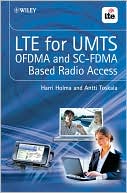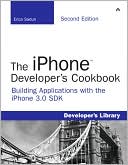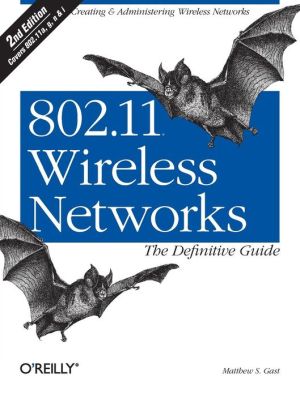Evolved Packet System (EPS): The LTE and SAE Evolution of 3G UMTS
2G/GSM and 3G/UMTS are key mobile communication technologies, chosen by more than 2 billion people around the world. In order to adapt to new services, increasing demand for user bandwidth, quality of service and requirements for network convergence, major evolutions are introduced in 3G network standard.\ Evolved Packet System (EPS) presents the EPS evolution of the 3G/UMTS standard introduced by the 3rd Generation Partnership Project (3GPP) standard committee. This new topic is looked at...
Search in google:
2G/GSM and 3G/UMTS are key mobile communication technologies, chosen by more than 2 billion people around the world. In order to adapt to new services, increasing demand for user bandwidth, quality of service and requirements for network convergence, major evolutions are introduced in 3G network standard. Evolved Packet System (EPS) presents the EPS evolution of the 3G/UMTS standard introduced by the 3rd Generation Partnership Project (3GPP) standard committee. This new topic is looked at from a system perspective, from the radio interface to network and service architecture. Hundreds of documents being issued by Standard organisations are summarised in one book to allow the reader to get an accessible comprehensive view of EPS evolution. Proposes a system view of Evolved UMTS, from the radio to Core and service architecture Gives a comprehensive and global view of the system that technical specifications do not provide Describes the new system as well as the inheritance and migration from 2G/GSM and 3G/UMTS Written by experts in the field who specialise in two complementary but very different technical domains (i.e. "radio interface" and "network architecture") Contains many figures and examples for better understanding. This book is essential for industry professionals in the telecommunication business, telecommunication system architects and designers, product manufacturers and operators and postgraduate students.
Preface. 1. Introduction. 1.1 Wireless World Picture. 1.2 About Technologies. 1.3 Standards and Organizations.1.4 Spectrum.1.5 The Evolution of UMTS. 1.6 Links and Documents.2. Evolved UMTS Overview.2.1 The Access Network Requirements. 2.2 Evolved UMTS Concepts. 2.3 Overall Evolved UMTS Architecture.2.4 The IMS Subsystem.2.5 Policy Control and Charging.2.6 The Terminal.2.7 The Evolved UMTS Interfaces.2.8 Major Disruptions with 3G UTRAN-FDD Networks . 3. Physical Layer of E-UTRAN.3.1 Basic Concepts of Evolved 3G Radio Interface. 3.2 OFDM (Orthogonal Frequency Division Multiplex).3.3 MIMO (Multiple Input Multiple Output).3.4 Architecture of the Base Station.3.5 The E-UTRAN Physical Layer Standard.3.6 FDD and TDD Arrangement for E-UTRAN. 3.7 Downlink Scheme: OFDMA (FDD/TDD).3.8 Uplink Scheme: SC-FDMA (FDD/TDD). 3.8 Uplink Scheme: SC-FDMA (FDD/TDD). 4. Evolved UMTS Architecture.4.1 Overall Architecture. 4.2 User and Control Planes.4.3 Radio Interface Protocols.4.4 IMS Protocols. 5. Life in EPS Networks. 5.1 Network Attachment. 5.2 Communication Sessions. 5.3 Mobility in IDLE Mode. 5.4 Mobility in ACTIVE Mode.6. The Services. 6.1 The Role of OMA. 6.2 Push-to-talk Over Cellular. 6.3 Presence. 6.4 Broadcast and Multicast. 6.5 Voice and Multimedia Telephony. Glossary. Index.
\ From the Publisher"The book is essential for industry professionals in the telecommunication business and telecommunication systems postgraduate students." (Computing Reviews, June 6, 2008)\ "...this is one of the best GSM texts that we’ve read, and an excellent engineer’s introduction to EPS." (IPL Telecasting, February 2008)\ \ \








